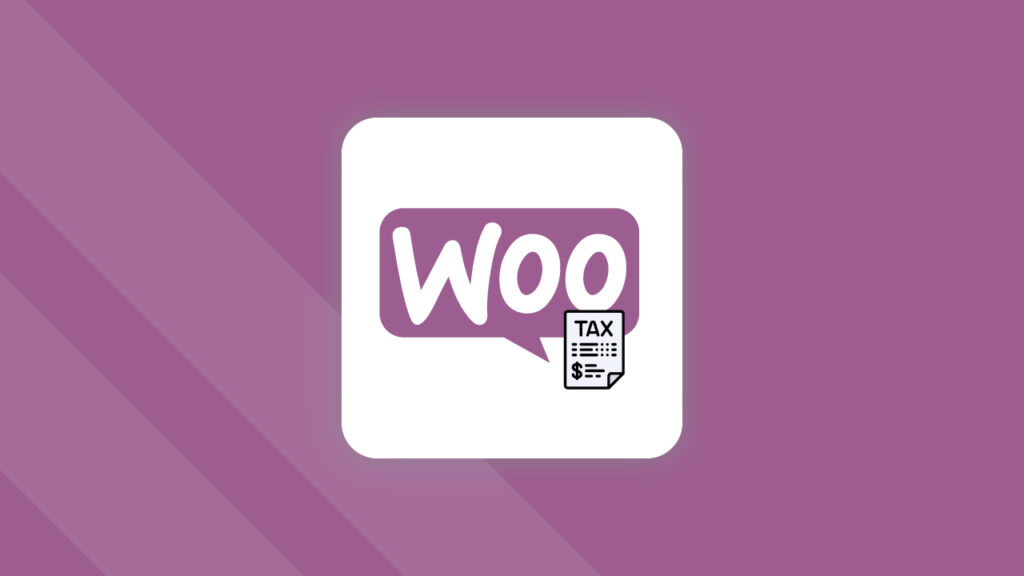
Setting up tax rates and rules is an essential part of running an online store with WooCommerce. By correctly configuring tax settings, you can ensure compliance with local tax laws and accurately calculate taxes on your products. In this guide, we will walk you through the process of setting up tax settings in WooCommerce.
Enable Tax Calculation
To get started, make sure tax calculation is enabled in WooCommerce. To do this, log in to your WordPress dashboard and navigate to “WooCommerce” → “Settings.” Click on the “Tax” tab, and then check the box that says “Enable taxes.” Save your changes.
Configure Tax Options
After enabling taxes, you’ll see several options to configure tax settings.
a) Tax Calculation Mode: Choose the tax calculation mode that best suits your business. The options are:
- “Based on customer billing address” calculates taxes based on the customer’s location.
- “Based on customer shipping address” calculates taxes based on the shipping address.
- “Based on the store’s base address” calculates taxes based on the store’s location.
b) Prices Entered With Tax: Select whether prices in your store include tax or exclude tax. This setting affects how your product prices are displayed and calculated.
c) Calculate Tax Based On: Choose whether to calculate taxes based on the customer’s billing address or the shipping address. This option is only available if you selected the corresponding tax calculation mode in the previous step.
d) Shipping Tax Class: Specify the tax class for shipping. This determines whether shipping costs are taxed and at what rate.
Set up Tax Rates
Next, you need to define tax rates for different regions. To do this:
a) Click on the “Standard Rates” tab under the “Tax” settings. b) Click on “Insert Row” to add a new tax rate. c) Fill in the fields for the tax rate name, the tax rate percentage, and the tax rate class. d) Select the tax class that applies to the products this tax rate is intended for. e) Specify the tax rate based on the customer’s location or the shipping destination. f) Save the tax rate.
Repeat this process for each tax rate you need to set up. You can configure rates for different countries, states, provinces, or even specific ZIP codes.
Additional Tax Settings
WooCommerce provides additional settings to handle specific tax scenarios. Here are a few important options you may need:
a) Reduced Rate: If you have products that qualify for a reduced tax rate, you can set it up under the “Reduced Rate” tab. Click on “Insert Row” and define the reduced tax rate details.
b) Zero Rate: For products that are exempt from taxes, such as certain food items or medical supplies, you can define a zero tax rate under the “Zero Rate” tab. Click on “Insert Row” and enter the necessary information.
c) Compound Tax: In some cases, taxes can be compounded, meaning that tax is applied to the total amount including tax. If your tax system requires this, enable the “Compound tax” option under the “Additional Tax Classes” tab.
Testing and Verification
Once you’ve configured your tax settings, it’s crucial to test them thoroughly to ensure accurate calculations. Place test orders with different tax scenarios to verify that taxes are applied correctly based on the customer’s location and the products they purchase.
